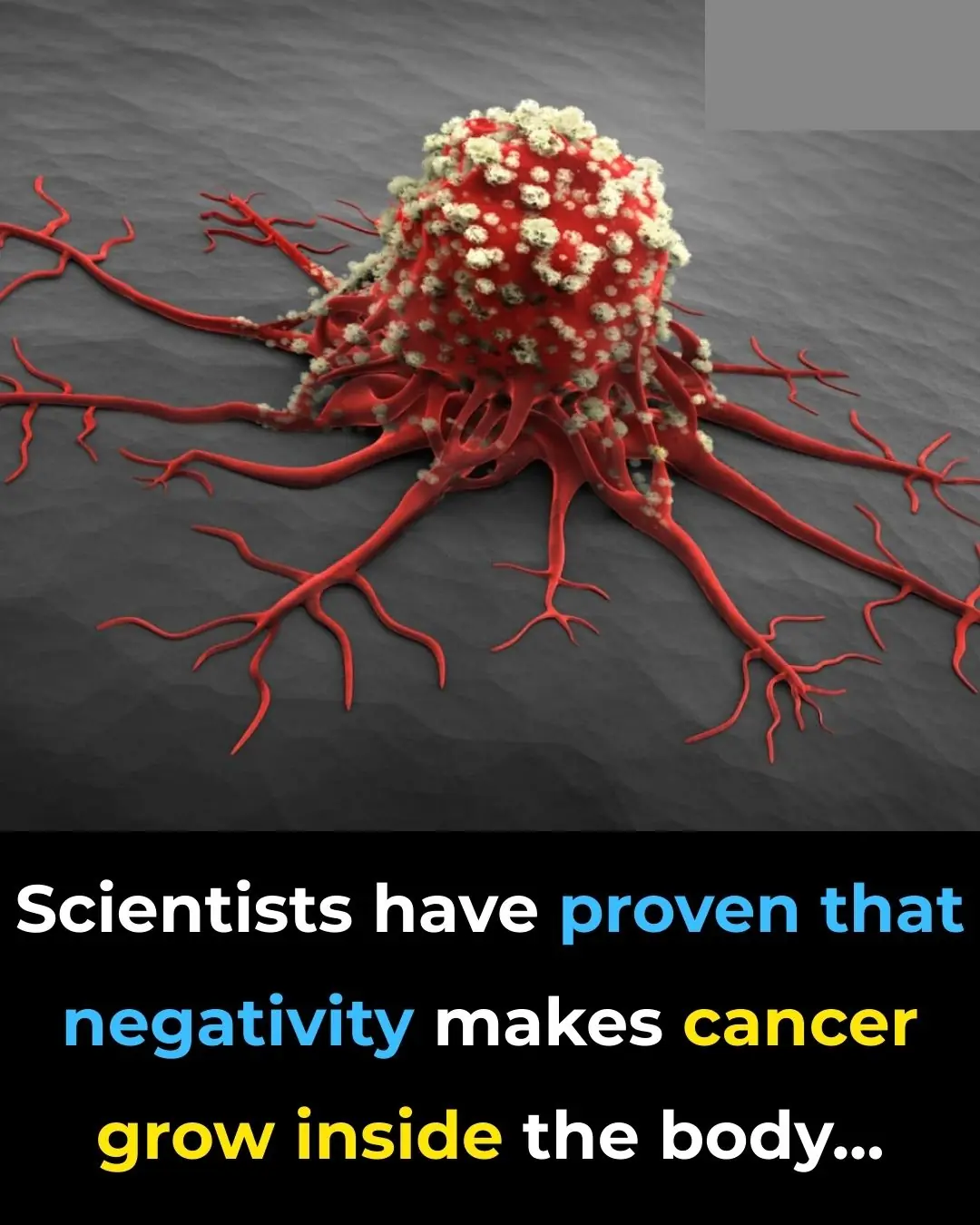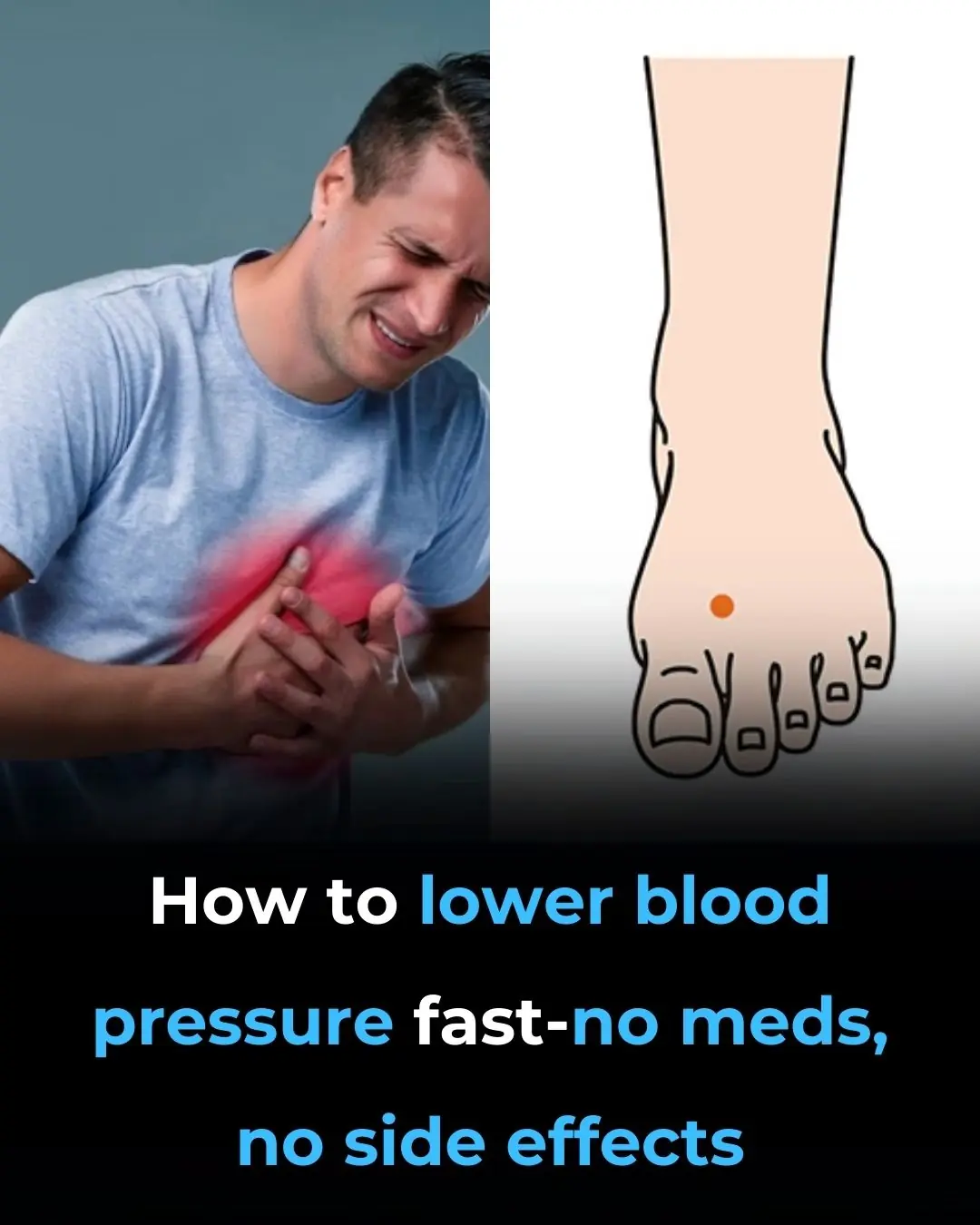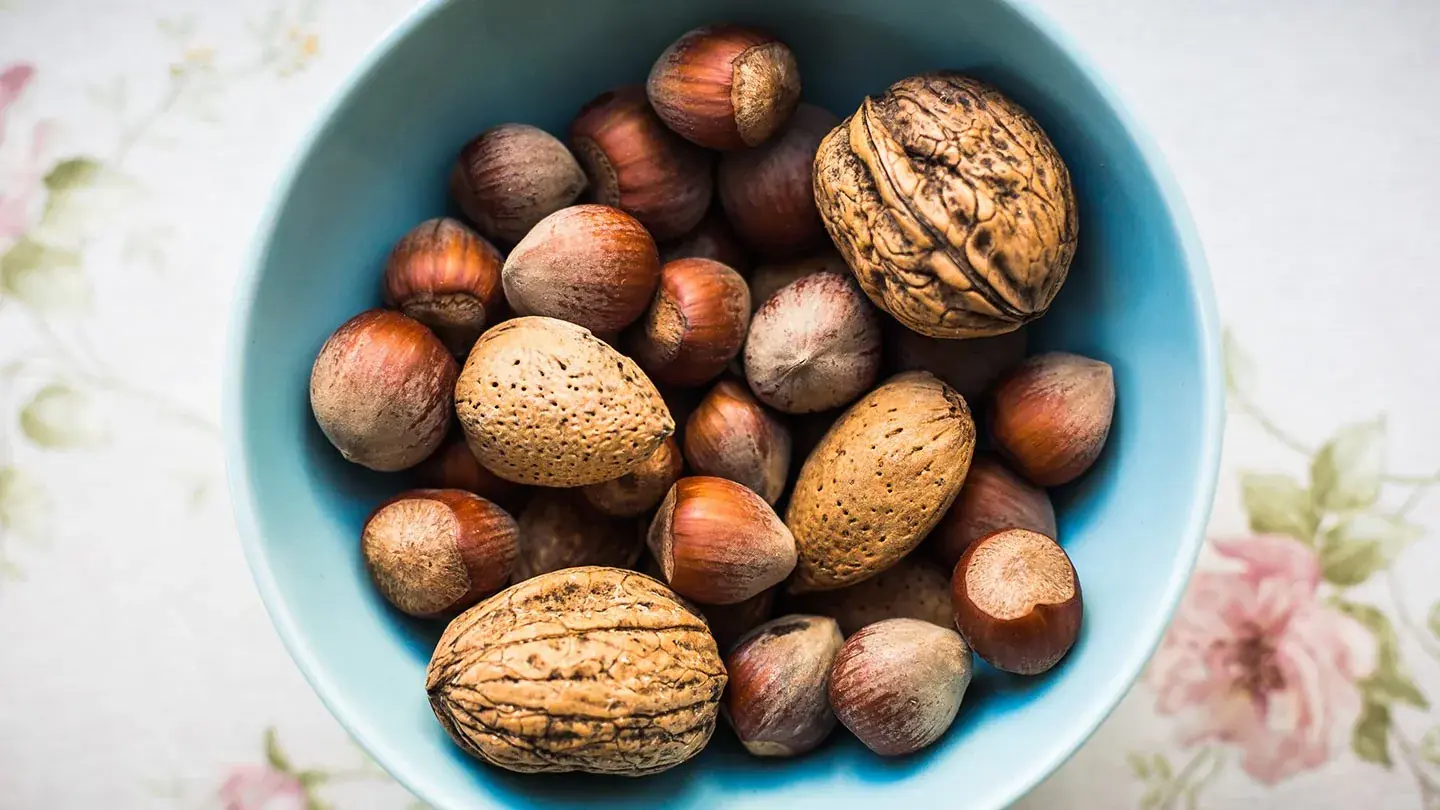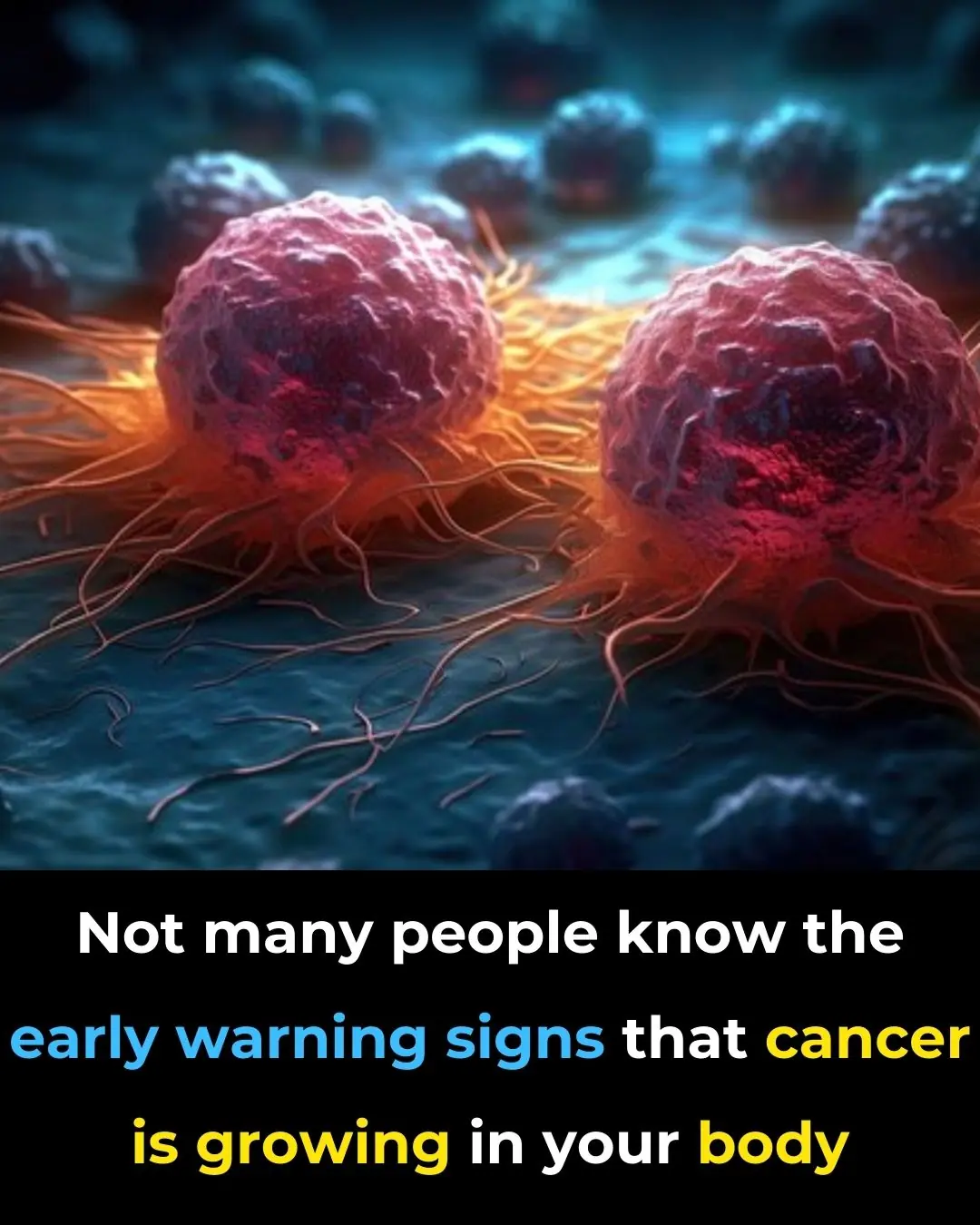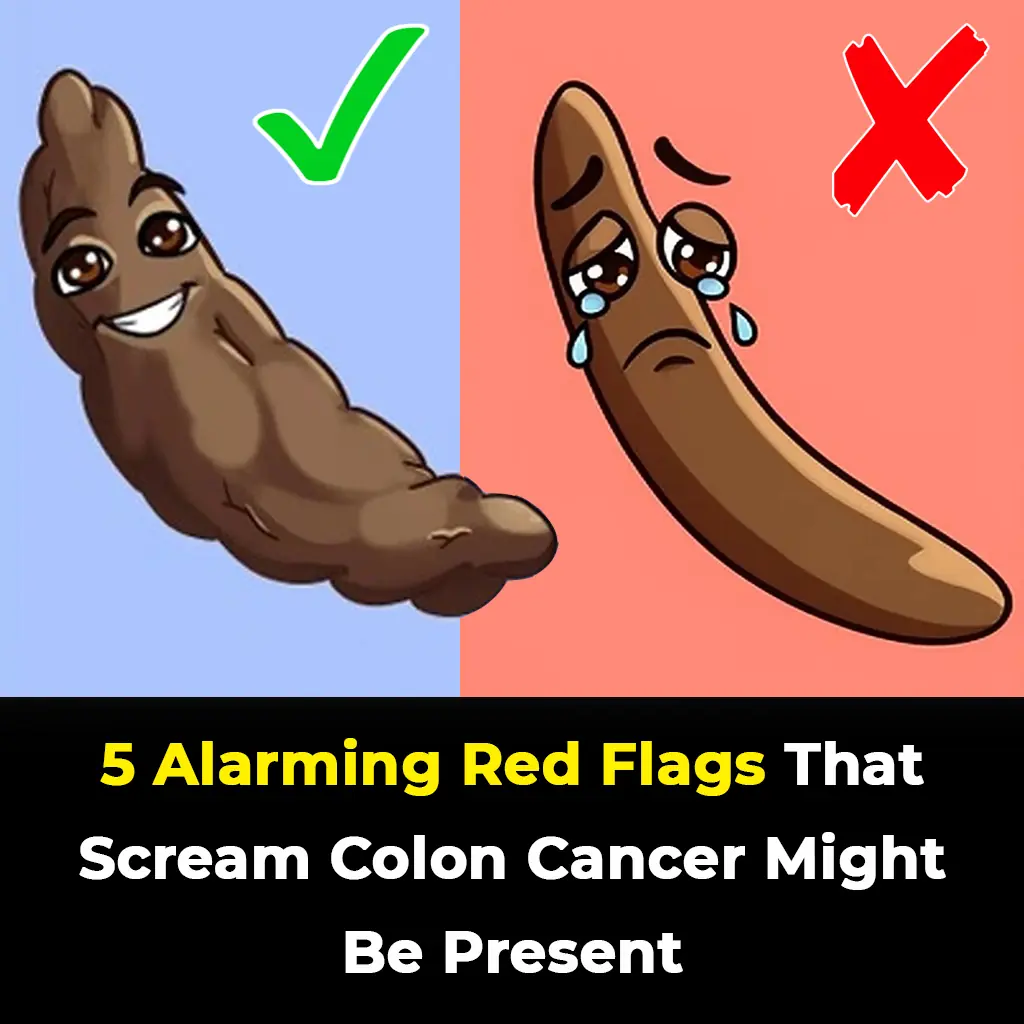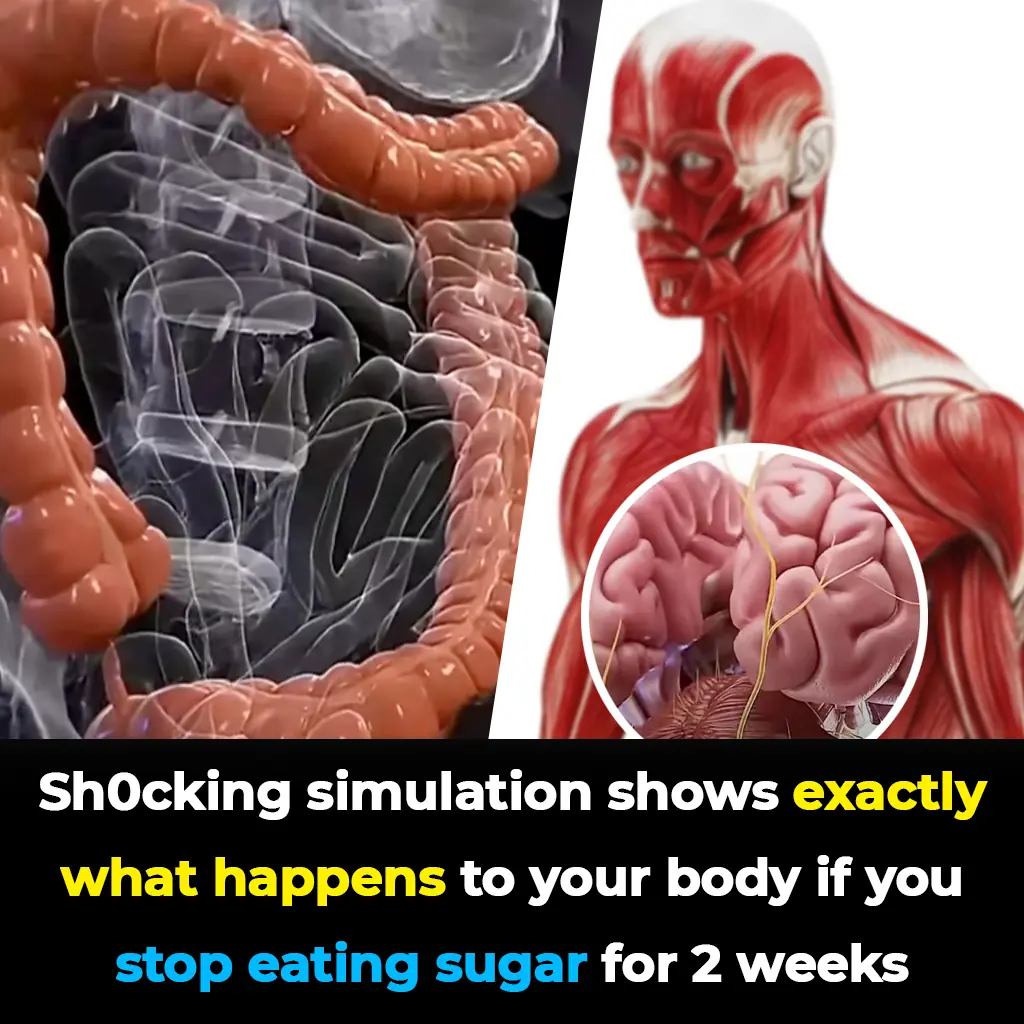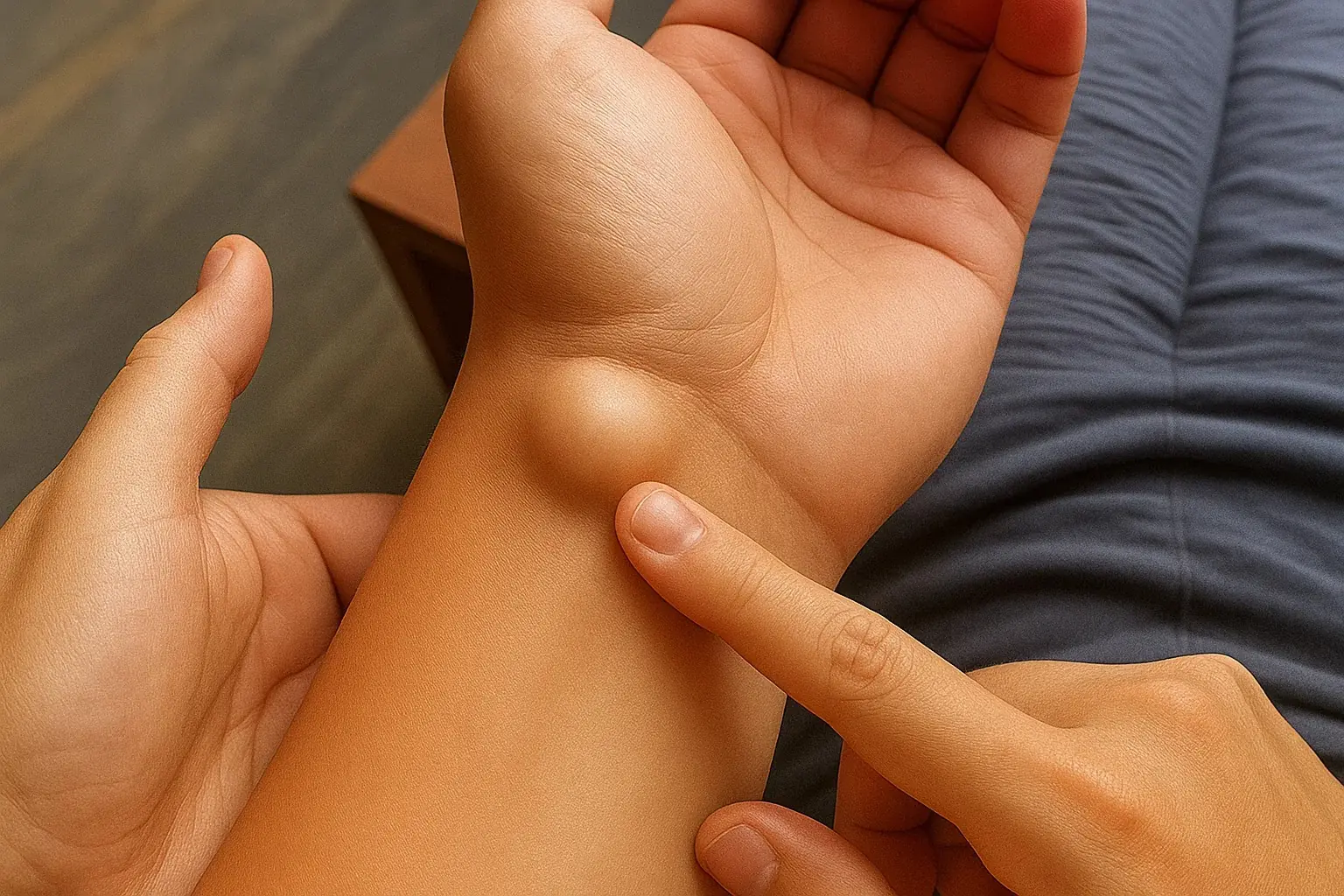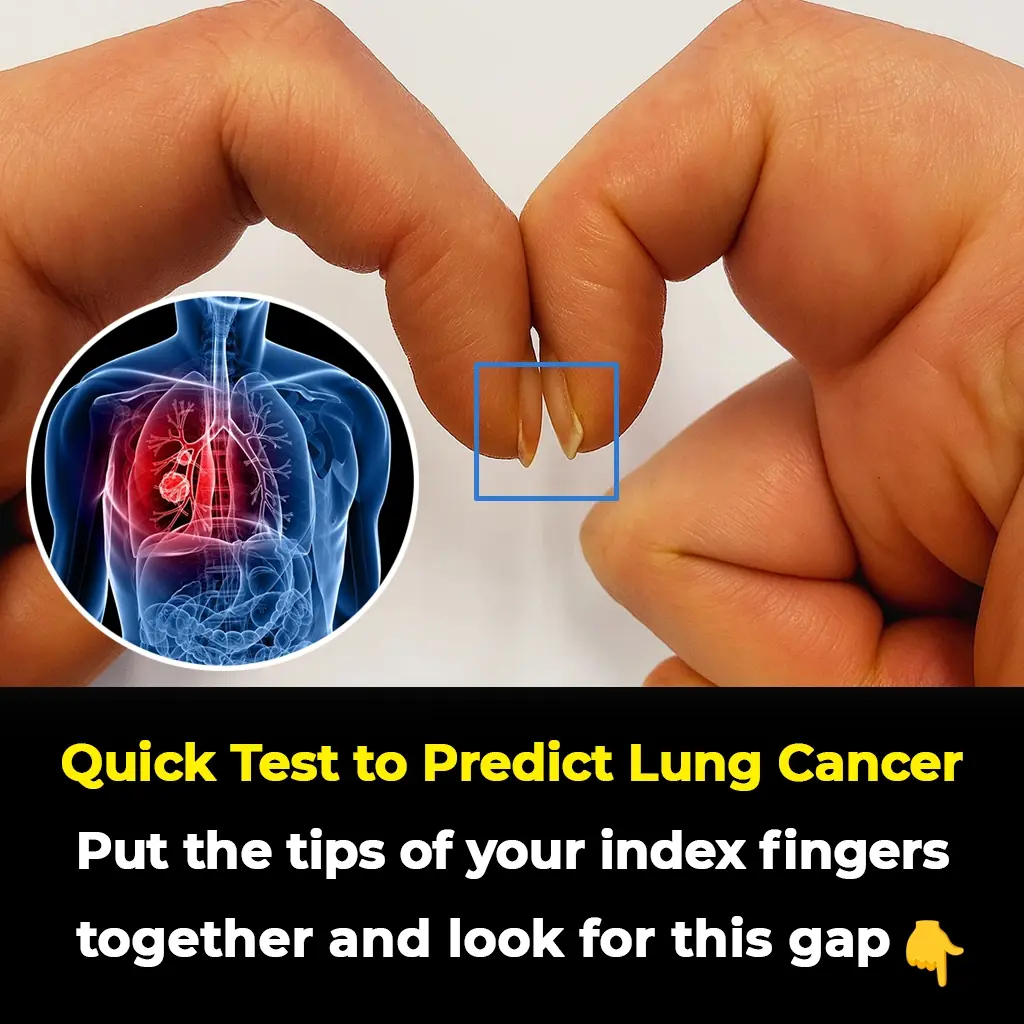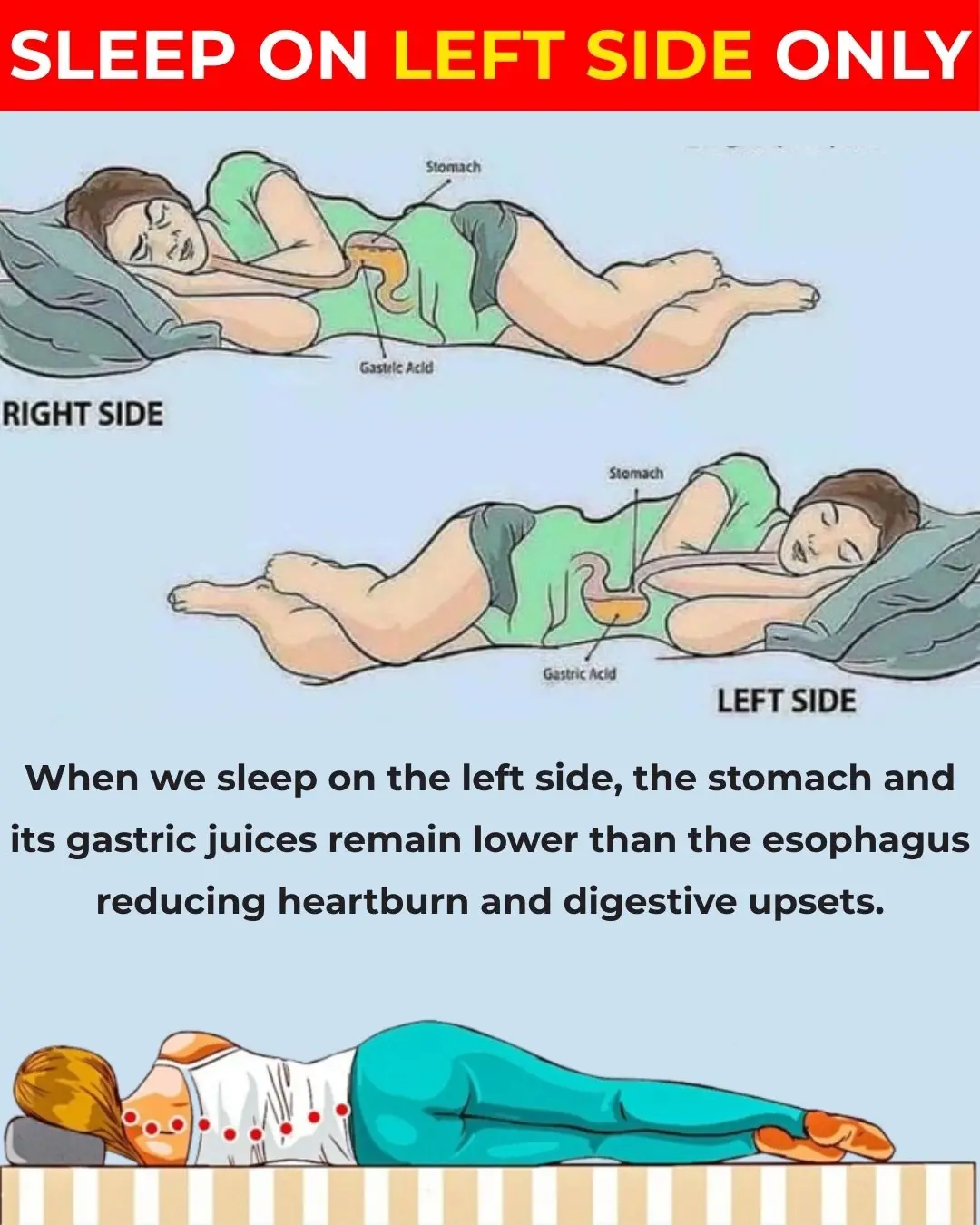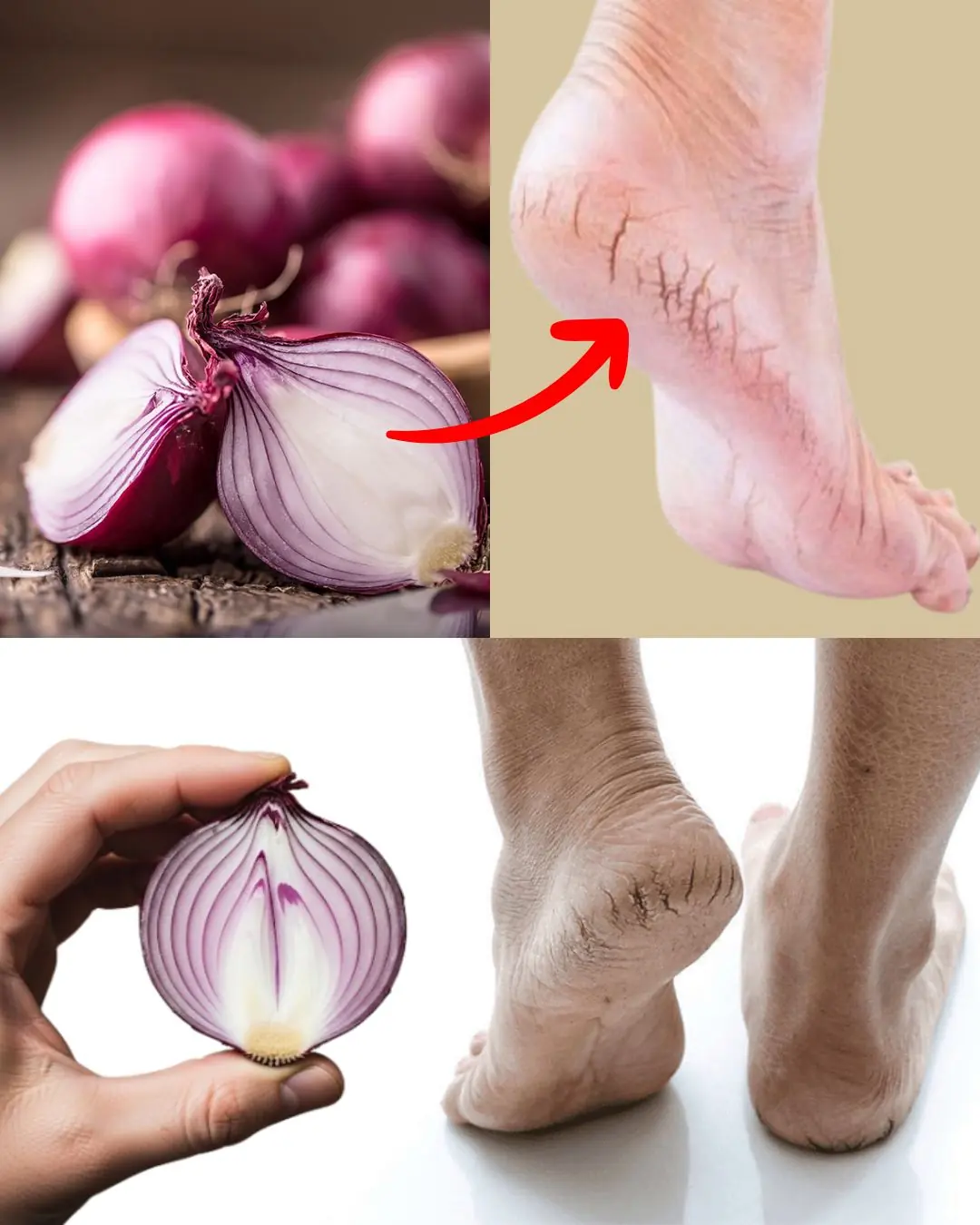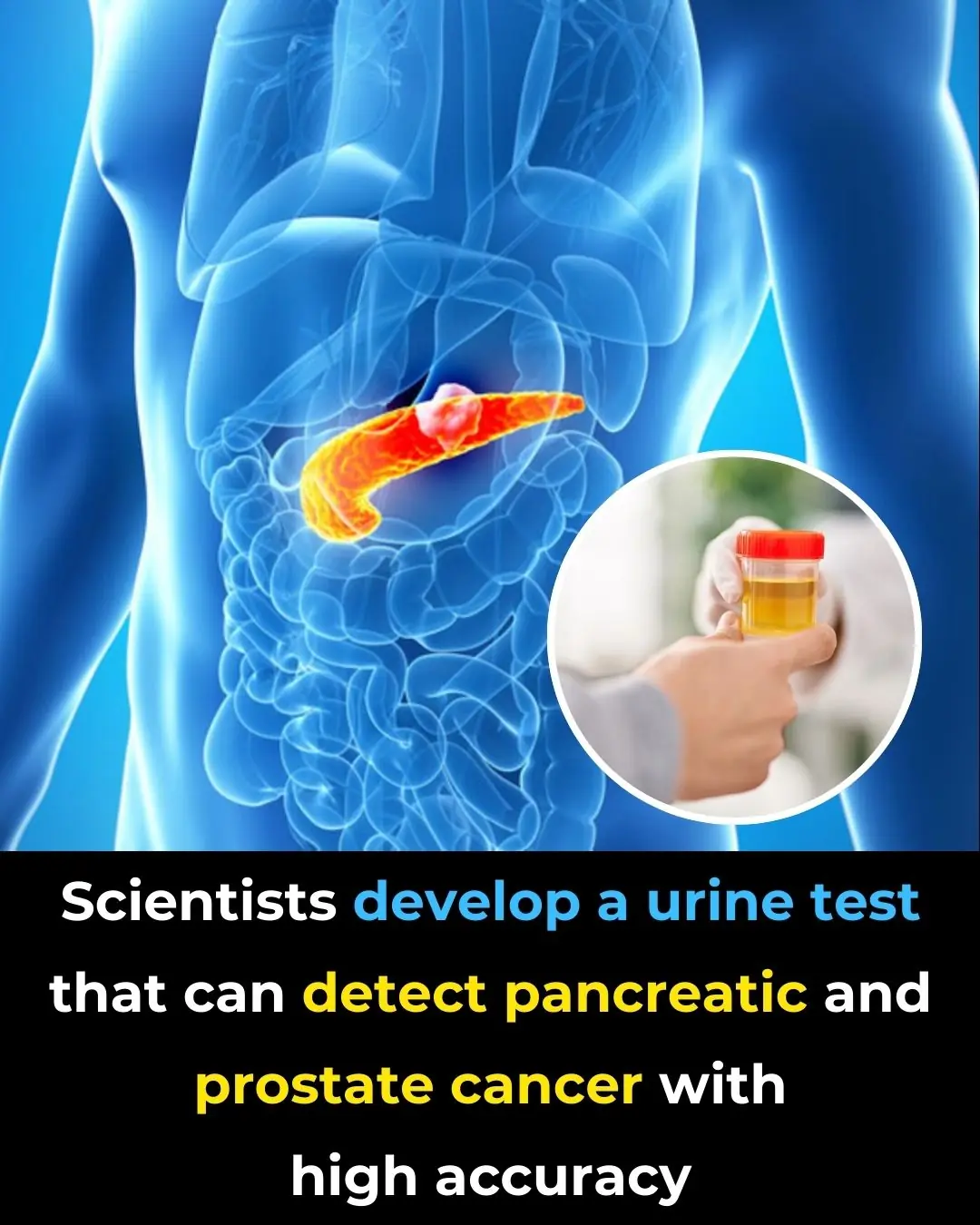Breast cancer is one of the most prevalent types of cancer worldwide, affecting both men and women. The likelihood of developing the disease increases with age, but early detection plays a crucial role in saving lives. In this article, I will explore some of the lesser-known signs and symptoms of breast cancer that often go unnoticed.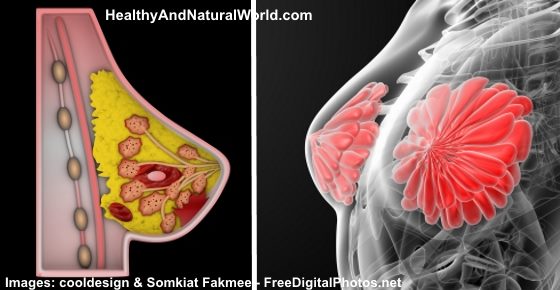
Breast cancer is most commonly diagnosed in individuals aged 40 and above, but when it affects younger people, it tends to be more aggressive. This makes early detection even more critical in treating the disease at its earliest stages.
It’s essential to be familiar with your body, as breast cancer in its early stages often occurs without pain. The most common sign is the discovery of a lump, but cancer progresses through various stages before these lumps form. Sometimes, it can take years for lumps to appear, so one should not rely solely on lumps as an indicator of breast cancer, as they typically signify an already advanced stage of the disease.
The American Cancer Society identifies several signs that require close examination by a specialist. It's important to remember that these signs do not definitively confirm the presence of breast cancer, as they may also point to less serious hormonal or health issues. However, visiting a doctor can clarify any uncertainties. Some of the more obvious signs include:
-
Changes in breast structure
-
Appearance of lumps
-
Changes in the skin or nipple
Now, let's focus on some of the more subtle symptoms of breast cancer that many people overlook:
-
Itchy Breasts, Redness, and Pain
The American Cancer Society mentions that while the most typical symptom of breast cancer is a new lump, other possible symptoms include skin irritation, dimpling, redness, scaliness, or thickening of the breast skin. While sore and sensitive breasts are common during menstruation, persistent sensitivity even after menstruation can be a more serious concern. There may also be swelling with skin that feels warm to the touch, indicating the rarer form of inflammatory breast cancer (about 3% of cases).
Harvard Medical School doctors note that breast pain or tenderness after menstruation is generally not associated with breast cancer. However, Cancer Research UK states that itchy breasts could be a sign of inflammatory breast cancer, which is rare. This type of cancer causes the skin over the tumor to become red, inflamed, painful, and itchy.
Additionally, inflammatory cancer can cause swelling and pain in the chest, with the skin appearing scaly or showing small blue marks resembling hemorrhages or cellulite-like dimples on the breast.
WebMD warns that a reddish, pitted skin surface resembling orange peel could be a sign of advanced breast cancer. They also point out that a marble-like lump or an indentation in the breast may indicate a tumor that’s not yet visible or palpable.
Some women mistakenly interpret these symptoms as an allergic reaction, but according to The National Cancer Institute, inflammatory breast cancer develops rapidly and can block the lymph vessels in the skin, causing redness, warmth, and sensitivity.
-
Breast Cancer and Shoulder Blade Pain
Some women may experience upper back pain between the shoulder blades before any other signs of breast cancer. This discomfort is often attributed to muscle pain, inflammation of the spine, or stretching tendons and ligaments in the back. However, tumors can sometimes form deep within the breast tissue and be felt in the spine or ribcage. Metastasis, the spread of cancer to the ribs or spine, is also a possibility.
The National Breast Cancer Foundation reports on a patient diagnosed with metastatic breast cancer who suffered from severe back pain. Similarly, the Journal of the Canadian Chiropractic Association indicates that metastatic bone disease from breast cancer is a common cause of low back pain.
-
Pain and Tenderness in the Armpit
Studies show that the first place breast cancer spreads to is the axillary lymph nodes, which are located in the armpit. This area, much like the lymph nodes in the neck during a cold, serves as an essential site for early detection. The Clinical Oncology journal emphasizes that the axillary lymph node status is the most significant prognostic factor in managing primary breast cancer.
The American Cancer Society states that breast cancer can spread to lymph nodes under the arm or near the collarbone, even before the breast tumor is large enough to be felt. Therefore, any pain or discomfort in the armpit should be evaluated by a doctor.
-
Nipple Discharge or Changes
The American Cancer Society mentions nipple pain, nipple retraction, and changes in the nipple's texture, color, and sensitivity as potential signs of breast cancer. WebMD also notes that itching, burning sensations, or ulceration in the nipple could indicate the disease. Unusual discharge—whether clear, bloody, or milk-like—can also be a sign of breast cancer, although it is more often linked to benign conditions. -
Breast Shape Changes
While many people associate easily visible lumps on the breast's surface with breast cancer, fewer women report changes in the shape of one breast compared to the other. Some women notice that one breast appears larger, or the shape looks uneven. The NHS advises that any changes in the size or shape of one or both breasts should be checked by a doctor. WebMD also mentions changes in the contour, texture, or temperature of the breast, which may indicate cancer.
How to Perform a Breast Self-Exam at Home
While the effectiveness of breast self-exams in detecting early breast cancer has been debated, many breast cancer organizations still recommend them as a valuable tool, especially when combined with regular doctor check-ups and screenings. The best way to detect changes that are not linked to pain is by learning the usual appearance and size of your breasts.
Organizations suggest performing the exam in front of a mirror and using your hands to lift your breasts to check for skin variability. Regular self-exams are crucial to detect any sudden changes. If you find something unusual, do not panic. Most lumps are not cancerous, but it’s always best to consult a doctor for peace of mind.
Best Time for Breast Self-Exams
Breast cancer organizations recommend performing self-exams at least once a month, preferably a few days after your period when the breasts are least likely to be swollen or tender.
Step-by-Step Guide for Breast Self-Exam at Home
-
Look at your breasts in the mirror: Stand straight, place your arms on your hips, and observe the size, shape, and color of your breasts. Look for any swelling, changes in shape, or unusual skin conditions.
-
Raise your arms and check for changes: Look for any differences in the breasts and squeeze the nipples to see if any fluid comes out.
-
Check in a lying position: Use your hands to feel your breasts in a circular motion, covering the entire area, including the underarms.
-
Check in the shower: Wet your breasts with soap and water and check for any lumps or thickened areas.
Remember, if you notice anything unusual, don't hesitate to consult a healthcare professional. Early detection of breast cancer significantly improves survival rates, so take charge of your health with regular self-exams and professional evaluations.
